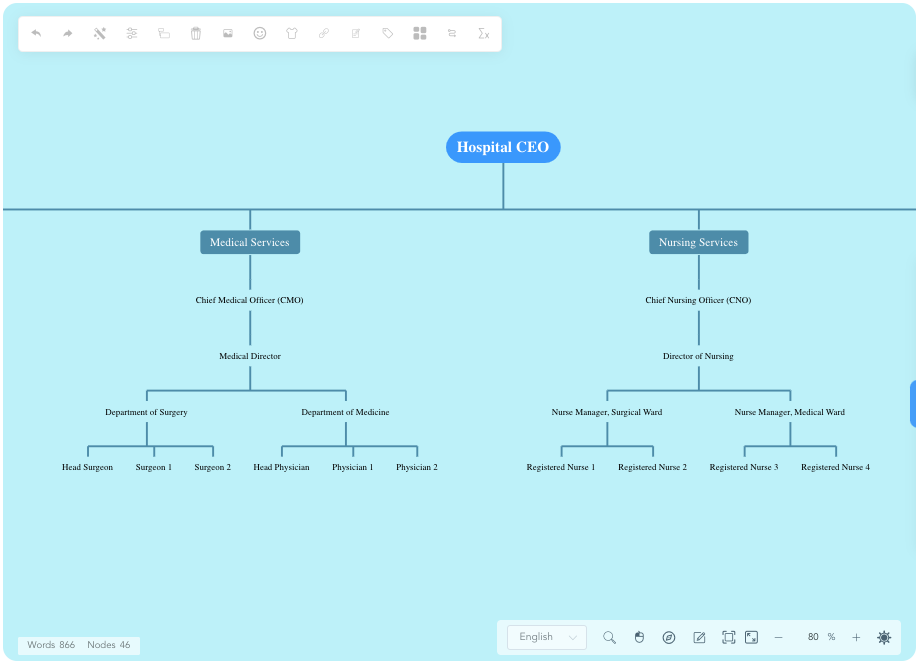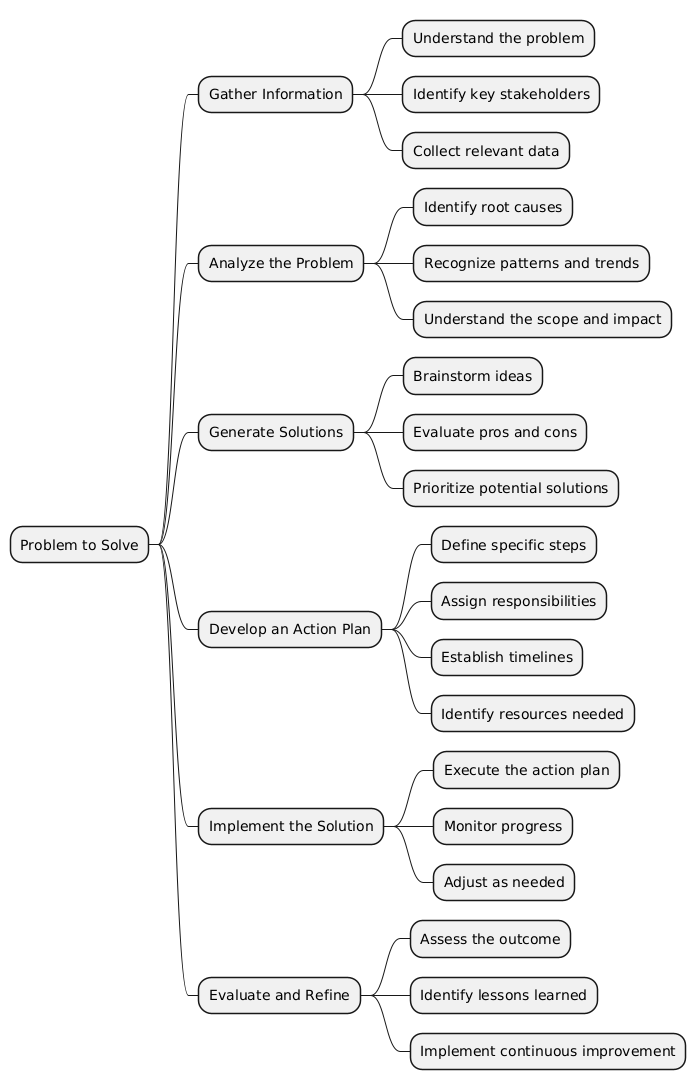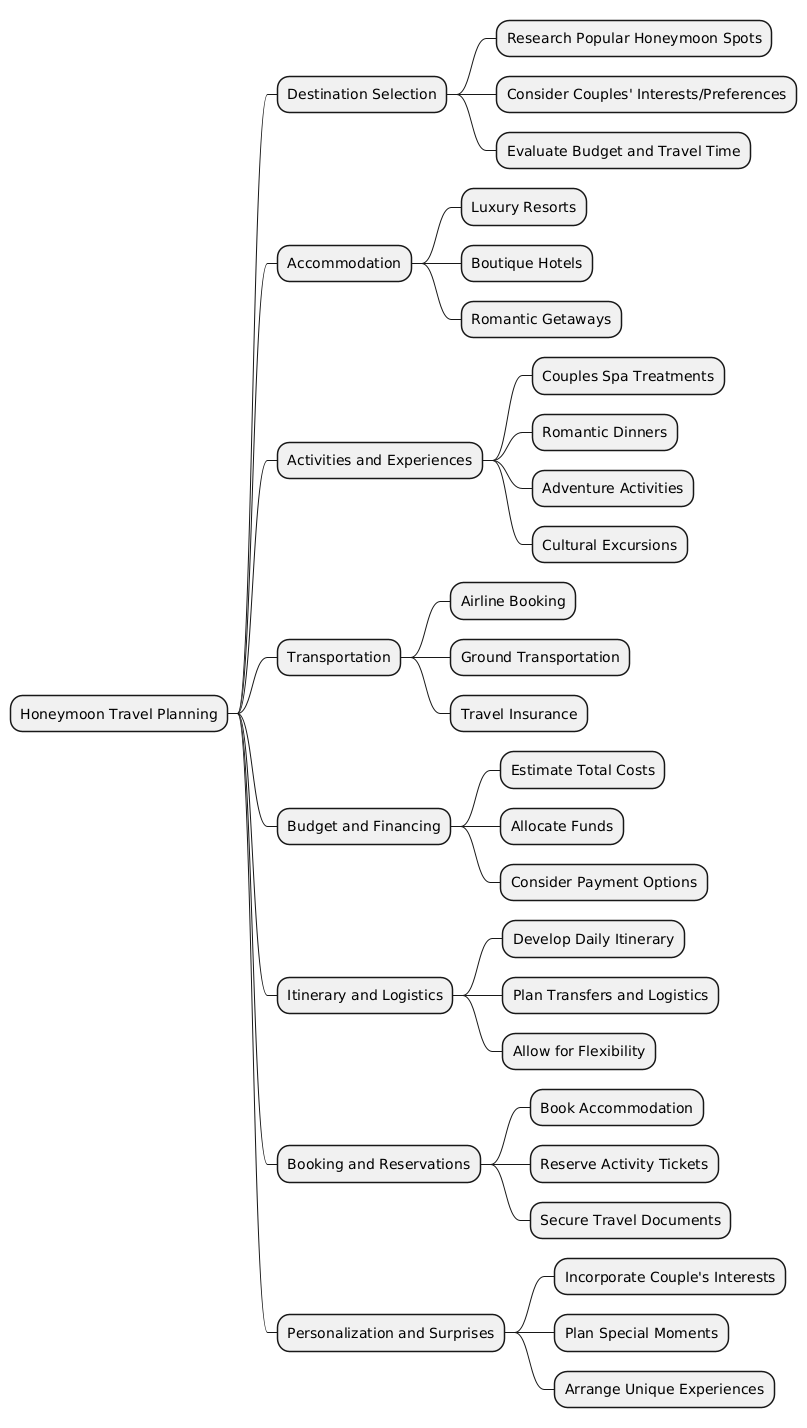A mind map is a visual thinking and learning tool that allows users to organize information and ideas in a radial, non-linear manner. Instead of writing information in a linear, sequential way, a mind map uses a central topic or concept, from which related ideas, thoughts, and information branch out in an organic, tree-like structure.

The core idea of a mind map is to use a combination of words, images, colors, and spatial arrangements to represent connections between different pieces of information. This can help individuals and teams brainstorm, take notes, plan projects, and solve problems more effectively.
The key components of a mind map include:
- Central Topic: The main subject or theme that the mind map is focused on, placed in the center.
- Main Branches: The major categories or themes related to the central topic, radiating out from the center.
- Sub-Branches: The more detailed ideas, facts, or information that connect to the main branches.
- Linking Words/Phrases: The words or short phrases used to describe the relationships between different elements of the mind map.
- Visual Elements: The use of images, icons, colors, and spatial layouts to enhance the visual representation and help establish connections.
Mind maps can be created by hand using pen and paper, or digitally using mind mapping software tools. They provide a flexible and adaptable way to capture, organize, and communicate complex information in a more intuitive and memorable format.
Whether you’re brainstorming new ideas, planning a project, or trying to understand a complex topic, incorporating mind mapping techniques can be a powerful way to unlock your creative potential and improve your overall productivity and learning.
Developing a mind map for solving a problem is a great way to visually organize your thoughts, identify key elements, and explore potential solutions. Here’s an example of how you can create a mind map for problem-solving:

Mindmap Examples
This mind map provides a comprehensive overview of the key elements involved in developing a successful startup. Let’s go through each of the main branches:
- Market Research: This branch emphasizes the importance of understanding the target audience, analyzing the competition, and identifying customer needs. Thorough market research is crucial for developing a product or service that resonates with the intended market.
- Business Planning: This branch covers the essential aspects of business planning, such as defining the product or service, developing financial projections, and establishing the legal structure of the startup.
- Funding and Financing: This branch addresses the critical task of securing funding and financing for the startup. It highlights the need to identify funding sources, prepare an investor pitch, and manage financial resources effectively.
- Product Development: This branch focuses on the product development process, including prioritizing features, implementing an iterative design process, and gathering user feedback to continually improve the offering.
- Marketing and Branding: This branch emphasizes the importance of developing a strong brand identity, implementing a comprehensive digital marketing strategy, and engaging with customers to build brand awareness and loyalty.
- Team Building: This branch recognizes the vital role of building a talented and collaborative team. It covers aspects like recruiting skilled individuals, fostering a collaborative work environment, and providing mentorship to support the team’s growth and development.
- Growth and Scaling: This final branch addresses the challenges and opportunities associated with business growth and scaling. It includes expanding product offerings, optimizing operations, and exploring new markets to drive the startup’s long-term success.
This mind map provides a well-structured and comprehensive overview of the key elements that startups need to focus on to develop and grow a successful business. By visualizing these various aspects, entrepreneurs can better understand the interconnected nature of these elements and develop a more holistic approach to building a thriving startup.
Honeymoon Travel Mindmap Example
Here’s an example mind map for planning a honeymoon travel:

Visual Paradigm Online as an ideal tool for mind mapping
Here’s why:
- Easy-to-Use Online Mind Mapping Tool: The description mentions that Visual Paradigm Online provides an “easy-to-use online Mind Mapping tool” for brainstorming and creating mind maps. This aligns with the key requirement of having a user-friendly, web-based mind mapping software.
- Drag-and-Drop Functionality: The ability to “Drag to move an entire branch of nodes” and “re-position mind map nodes easily with a single drag-and-drop” highlights the tool’s flexibility and ease of use when it comes to organizing and rearranging the mind map structure.
- Keyboard Shortcuts: The information states that the tool supports “Quick Mind Mapping with keyboard shortcuts,” which can significantly improve the efficiency and flow of the mind mapping process, especially for users who prefer keyboard-based interactions.
- Online Mind Mapping Capabilities: The description emphasizes that Visual Paradigm Online allows you to “create Mind Maps” and “create and connect nodes in your mind map” directly within the web-based platform, making it a convenient and accessible tool for users to collaborate and work on mind maps online.
- Variety of Mind Map Examples: The availability of pre-made “Mind Map examples” on the platform can help users get started quickly and provide inspiration for their own mind mapping efforts.
Overall, the features and capabilities of Visual Paradigm Online, as described in the information provided, make it an ideal choice for an online mind mapping tool. The combination of ease of use, drag-and-drop functionality, keyboard shortcuts, and the ability to create and collaborate on mind maps online make it a well-rounded and user-friendly solution for mind mapping needs.
